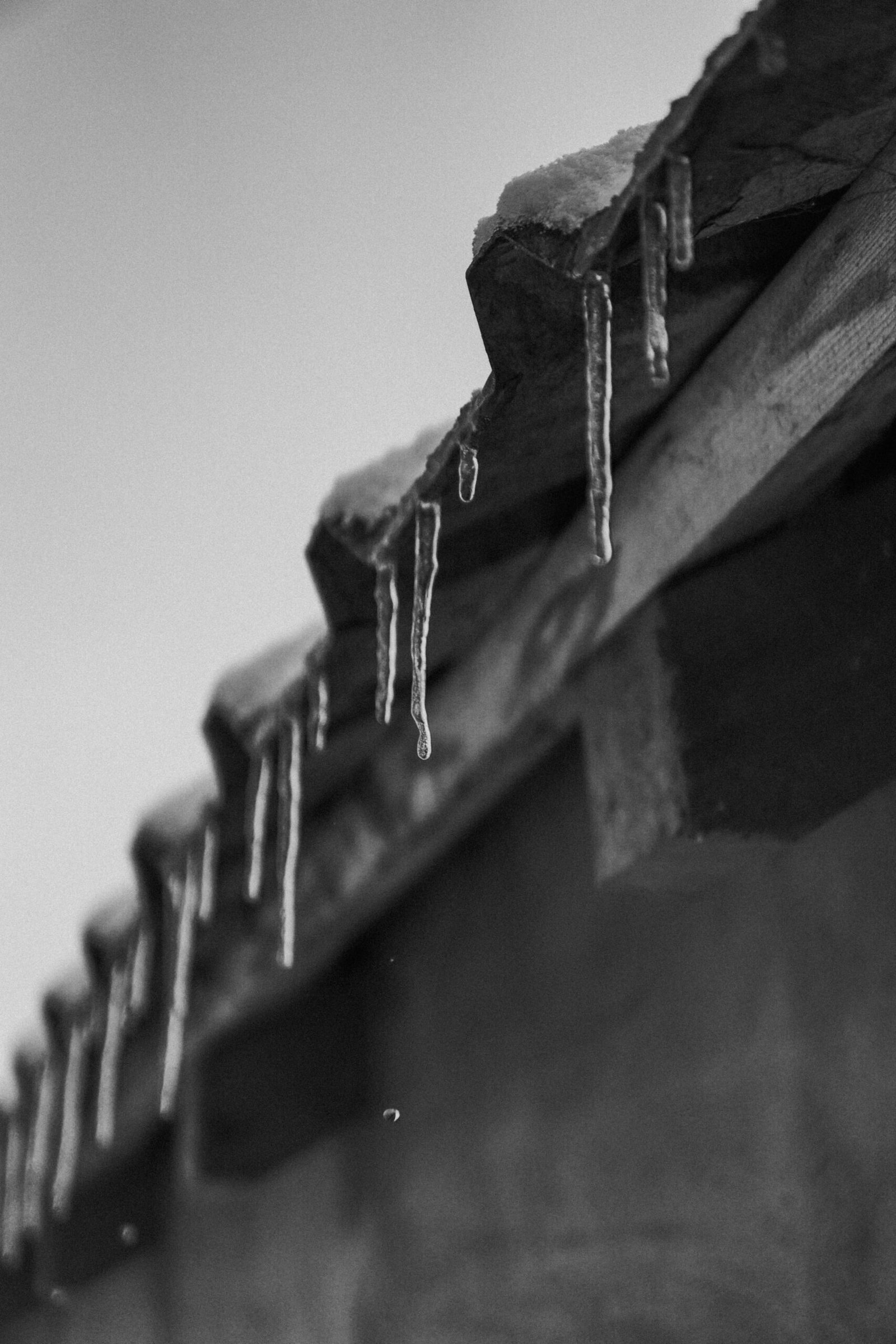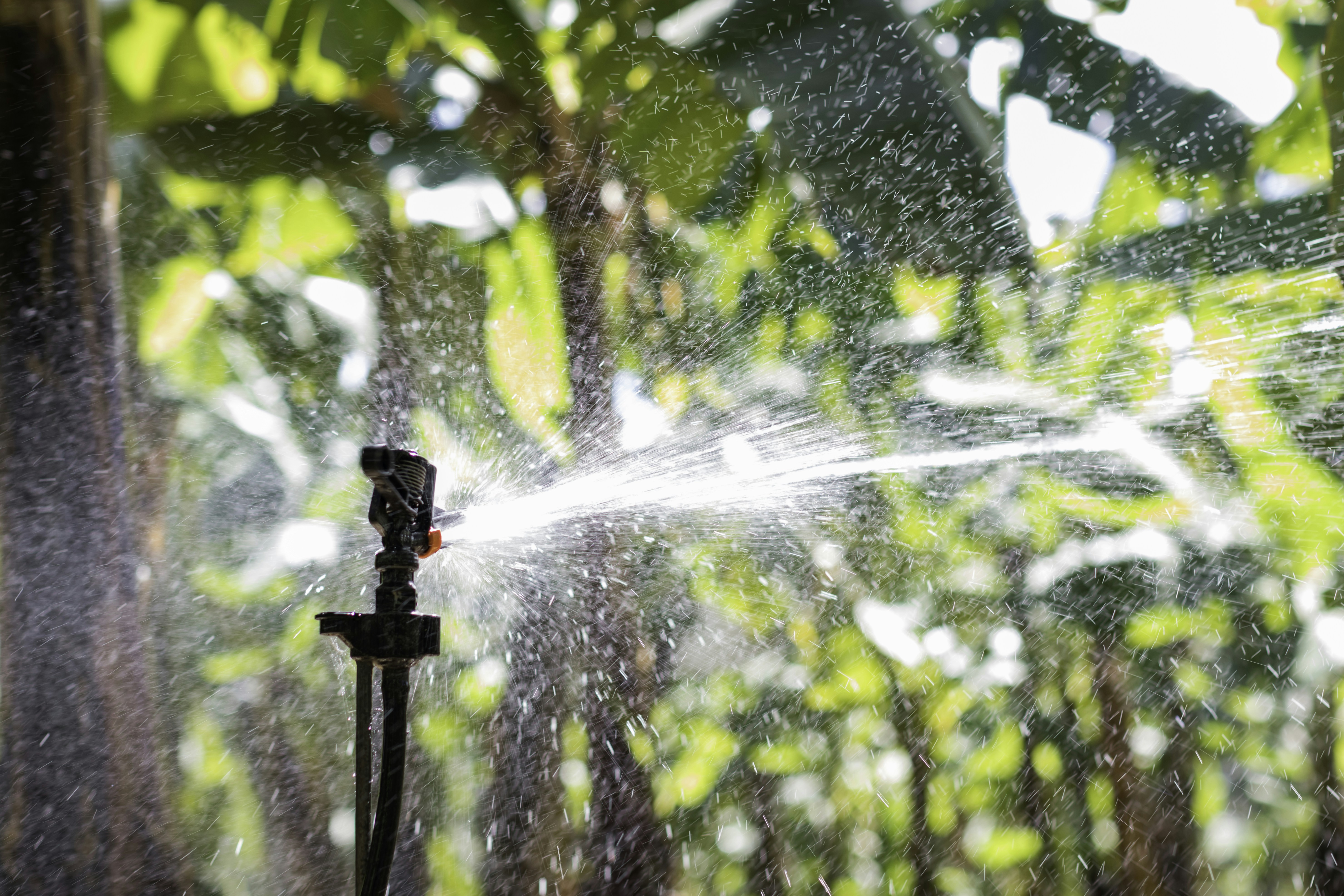Introduction to Salt as an Ice Melt Agent
Salt, particularly in the form of sodium chloride, has long been recognized as a highly effective agent for melting ice and snow. Its efficacy in winter weather management stems from its ability to lower the freezing point of water. When applied to icy surfaces, salt dissolves and forms a brine solution, which disrupts the stability of ice and allows for easier melting, even in sub-zero temperatures.
This characteristic of salt to lower the freezing point is primarily due to a physical phenomenon known as colligative properties. Essentially, when salt is introduced into the icy environment, it interacts with the water molecules and reduces their tendency to bond together, thereby facilitating the melting process. This is why salt has become a staple solution among homeowners and municipalities for managing icy roads, sidewalks, and driveways during winter.
Salt is not just effective; it is also readily available and cost-efficient, which contributes to its widespread use in residential settings. Homeowners often turn to salt as a go-to material for ice control due to its accessibility at local stores and its historical effectiveness. While alternatives like calcium chloride and magnesium chloride exist, sodium chloride remains the most common choice for its affordability and practicality in everyday situations.
In considering the application of salt for ice and snow removal, it is important to evaluate the type of salt used—granular or liquid. Each variant comes with its own set of advantages, which will be crucial for understanding how best to manage winter conditions effectively. This guide will delve deeper into the specific properties and uses of each type, ensuring that residents can make informed choices for their winter maintenance needs.
Granular Salt: Advantages and Disadvantages
Granular salt, commonly known for its effectiveness as a de-icing agent, presents numerous advantages when utilized for melting ice and snow in residential areas. One of the primary benefits is its ease of application; homeowners can simply spread the salt over icy surfaces using a hand-held spreader or by hand for targeted areas. This straightforward process allows for quick deployment in response to winter weather, ensuring immediate attention to slippery pathways and driveways.
Furthermore, granular salt is typically cost-effective. It is widely available and often less expensive compared to liquid de-icing solutions. Its long shelf-life also contributes to its overall value. Homeowners can store bags of granular salt throughout the winter months without worrying about the product degrading in quality, making it a reliable choice for ongoing winter preparation.
However, there are limitations associated with granular salt that must be considered. One significant drawback is its reduced effectiveness in extremely low temperatures, where it may struggle to initiate melting, posing challenges in severe winter climates. Moreover, the application of granular salt can pose risks to landscaping and concrete surfaces. Prolonged exposure may lead to damage in plant life due to high salinity levels and can accelerate wear and tear on concrete, causing spalling or cracking over time.
In comparison to liquid alternatives, granular salt may require more frequent applications, particularly during persistently low temperatures. Liquid de-icers, on the other hand, often provide a quicker melting solution and can adhere to surfaces more effectively. Therefore, while granular salt remains a popular and effective choice for many homeowners, assessing individual needs and conditions is essential for optimal application during winter months.
Liquid Salt Solutions: Pros and Cons
Liquid salt solutions are increasingly recognized as an effective method for melting ice and snow on residential properties. These solutions typically consist of salt mixed with water and sometimes additives, which enhance their performance and reduce environmental impact. One of the primary advantages of liquid salt is its fast-acting nature. Unlike granular salt, which may take time to dissolve and spread evenly across surfaces, liquid salt adheres immediately upon application, rapidly lowering the freezing point of water. This property allows for quicker ice and snow removal, making it especially beneficial during severe winter storms.
Another significant advantage of liquid salt solutions is their ease of application. Using specialized sprayers, homeowners can cover larger areas with minimal effort. This method also reduces the risk of uneven distribution, a common issue when spreading granular salt. Additionally, liquid solutions are less likely to scatter or blow away in windy conditions, ensuring that they remain effective where needed.
While the benefits are clear, liquid salt solutions are not without drawbacks. One key consideration is the cost; liquid salt can be more expensive than traditional granular options. Homeowners may need to assess their budget before opting for this alternative. Additionally, there may be concerns regarding possible residue left on surfaces after application. This residue can sometimes create a slippery condition once temperatures rise, as it can attract dirt and grime.
In conclusion, liquid salt solutions present a compelling option for melting ice and snow. By weighing their pros and cons, homeowners can make an informed decision that aligns with their specific needs and circumstances. The choice of utilizing liquid salt should be dictated by factors such as urgency, budget constraints, and environmental considerations, ultimately contributing to effective snow and ice management.
Choosing the Best Salt for Your Needs
When it comes to selecting the most effective salt for melting ice and snow around your home, several factors should steer your decision-making process. One of the primary considerations is the climate in your area. In regions that experience heavy snowfall and lower temperatures, a more potent ice melt such as calcium chloride may be necessary, as it works effectively at much lower temperatures compared to standard rock salt (sodium chloride). Conversely, for milder climates with occasional snow or ice, traditional granular salt may suffice.
The type of surfaces you frequently treat is another crucial aspect. Certain salts can be harsh on driveways, sidewalks, and lawns, potentially causing damage over time. For example, some homeowners choose to avoid using salt on landscape plants, as it can harm vegetation. In such cases, switching to a more environmentally friendly product or utilizing a liquid deicer that is gentler on plants may be prudent.
Your personal preference also matters. Some homeowners favor granular salt due to its ease of application — simply sprinkle it over the affected areas. Conversely, liquid salt solutions can cover a larger area more evenly and may be preferable for large driveways or pathways, although they often require special equipment for effective distribution.
Application techniques play a vital role in the efficiency of your ice and snow management strategy. It is generally recommended to apply salt before snow accumulates to prevent ice bonding to the surface. However, if snow has already set in, it may benefit from being combined with other deicing materials for increased effectiveness.
Finally, a cost comparison can be enlightening, especially considering that initial savings on cheaper products may be offset by their ineffectiveness over time. Choosing the right salt involves balancing cost, efficiency, and impact on your property as you strive for a safer winter environment.
If you’re interested in purchasing the item you seek, please click the link for additional details: #americanachoice.
https://amzn.to/3SBN3Oy
AFFILIATE DISCLOSURE: I am an affiliate for this company, I am not a paid employee.
I may receive a commission if you click a link on this page and choose to purchase something.
You can rest assured I will only share things I believe in and will be valuable to you.



